On the Air Email - Issue No. 2 (July 2021)
Magazine | Blog | Podcast | Join or Renew | New Ham Resources | Band Chart
Past Issues...
No. 1 | June 2021
Amateur Radio public service ranges from assisting with communications at local community events such as parades, races, and fairs; to serving as a trained weather spotter in the National Weather Service’s SKYWARN program; to supporting local public safety agencies during emergencies and natural disasters, to name just a few of the activities that radio amateurs engage in.
The information and stories will introduce you to the many ways you can use your license to help your community through public service and emergency communications.
An Introduction to ARES
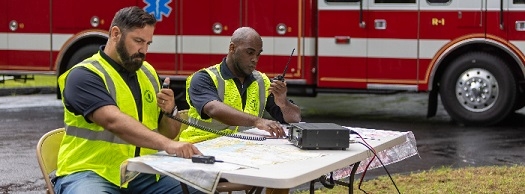
ARRL The National Association for Amateur Radio created the Amateur Radio Emergency Service® (ARES) in 1935 to support the training of radio amateurs looking to contribute their skills to their communities in times of need.
This ARRL program trains radio amateurs in how to work with organizations that specialize in disaster response, such as the American Red Cross and Salvation Army.
There are ARES groups all over the country, and they’re looking for members. Read more about what ARES is and does, how to find a group to join, and how to begin your training.
Severe Weather Spotting Q & A
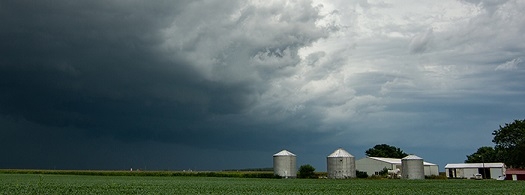
What is severe weather spotting?
Networks of amateur radio weather spotters observe and report weather conditions such as tornadoes, damaging winds, flooding, and hail. These reports allow partners like emergency management and forecasters at the National Weather Service (NWS) to gain near-real-time information that helps them issue weather watches, warnings, and advisories. Read Severe Weather Spotting: 6 Questions Answered.
Interesting Stories about Ham Radio and Weather Spotting
Register to view a recent ARRL Learning Network webinar on SKYWARN, and learn how you can get more involved.
Collect-Share-Practice Keys to Famy Emergency Communication Planning
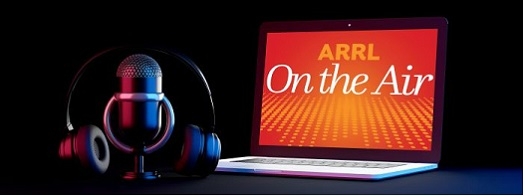
Radio amateurs take pride in serving the community, and that service begins at home. In Episode #4 (April 2020) of the On the Air podcast, guest host Steve Ford, WB8IMY, presents tips for creating a family emergency communication plan. This often-overlooked aspect of emergency communications can help ensure that your family is secure during a disaster. Listen now.
More About 2 Meters
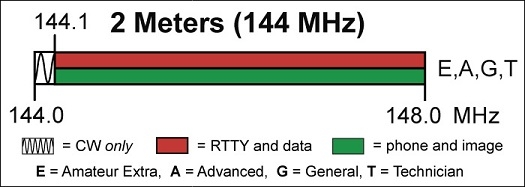
Two meters is widely thought of as the place to go for repeater and satellite operation, nets, and public service activity. It’s also where much emergency and public service radio communications take place. This infographic lays out what you’ll find on 2 meters, and where.
Hamspeak
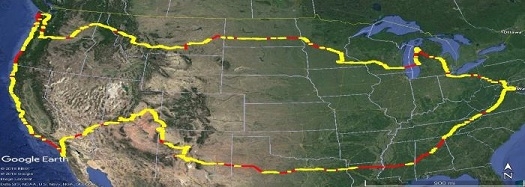
APRS — Automatic Packet Reporting System
This form of digital communication can be used to create local and regional networks where hams exchange bits of data known as packets. The data can consist of station locations, weather information, and even text messages. APRS maps show the positions of ham stations in real time, allowing family and friends to track their progress.
Thanks to APRS, amateurs can track locations of moving stations, such as those in automobiles. This is particularly useful for public service activities such as parades or bike rides. A fixed station at the event headquarters can receive APRS transmissions from other operators and see their locations on computer-generated maps.
The July/August 2021 issue of On the Air magazine focuses on EmComm, with information and resources for hams interested in learning more about public service and emergency communications.
Join ARRL today for digital access to the archives and the latest issue of On the Air for the knowledge you need to get active, engaged, and on the air!
For more resources, visit arrl.org/public-service.
Subscribe
The On the Air Email is a monthly resource for new hams. Subscribe now.
What's Next
Read advice from experienced hams who will answer questions about what to do after you have gotten your license.
Got a question? Submit it to [email protected].
News & Features >> On the Air Magazine >> On the Air Email >> Issue No 2 2021


.jpg)








